Two years of war in Ukraine: Russia’s invasion in numbers
Ukraine – two years of war: The figures which tell the story of Putin’s deadly invasion
Two years ago to the day, Vladimir Putin shocked the world by lauching a brutal all-out invasion of Ukraine, sending troops, tanks and warplanes in their masses across Russia’s border under the cover of darkness.
While the Kremlin is reported to have believed its “special military operation” would bring the capital Kyiv under Russia’s grip in just 10 days, the extraordinary show of defiance by Ukrainians willing to defy one of the world’s largest armies to fight for their country’s existence has instead seen the war now enter its third year.
Over the course of 24 months, battle lines have shifted dramatically as Volodymyr Zelensky’s troops pushed Russian invaders back hundreds of miles to enter into a grinding war of attrition centred in battle-hardened Donbas, where both armies are paying for small tactical and symbolic gains with thousands of lives.

Yet while the fighting hotspots have become more centralised, albeit along a 600-mile front line, the fate of Ukraine is increasingly at the mercy of geopolitical developments.
Seeking to justify his lengthy war, and his moves to transform Russia’s economy into a vast war machine, Putin is increasingly casting the conflict as an existential battle against the West.
With an ever-watchful eye on wrangling in Washington over military aid and the upcoming US presidential elections – in which a victorious Donald Trump could ultimately take a wrecking ball to Nato, and force Ukraine into an unsatisfactory peace deal by choking its funding – it is a battle the Russian president may believe he can win merely if Moscow’s appetite for victory outlasts that of its global adversaries.
Here The Independent takes a takes a look at the key statistics defining two years of war in Ukraine:
30,457: The number of civilian casualties of Putin’s war
In a report published on Thursday, the UN’s human rights monitoring mission said it had verified 30,457 civilian casualties since 24 February 2022 – however Ukraine believes the true figure is several times higher.
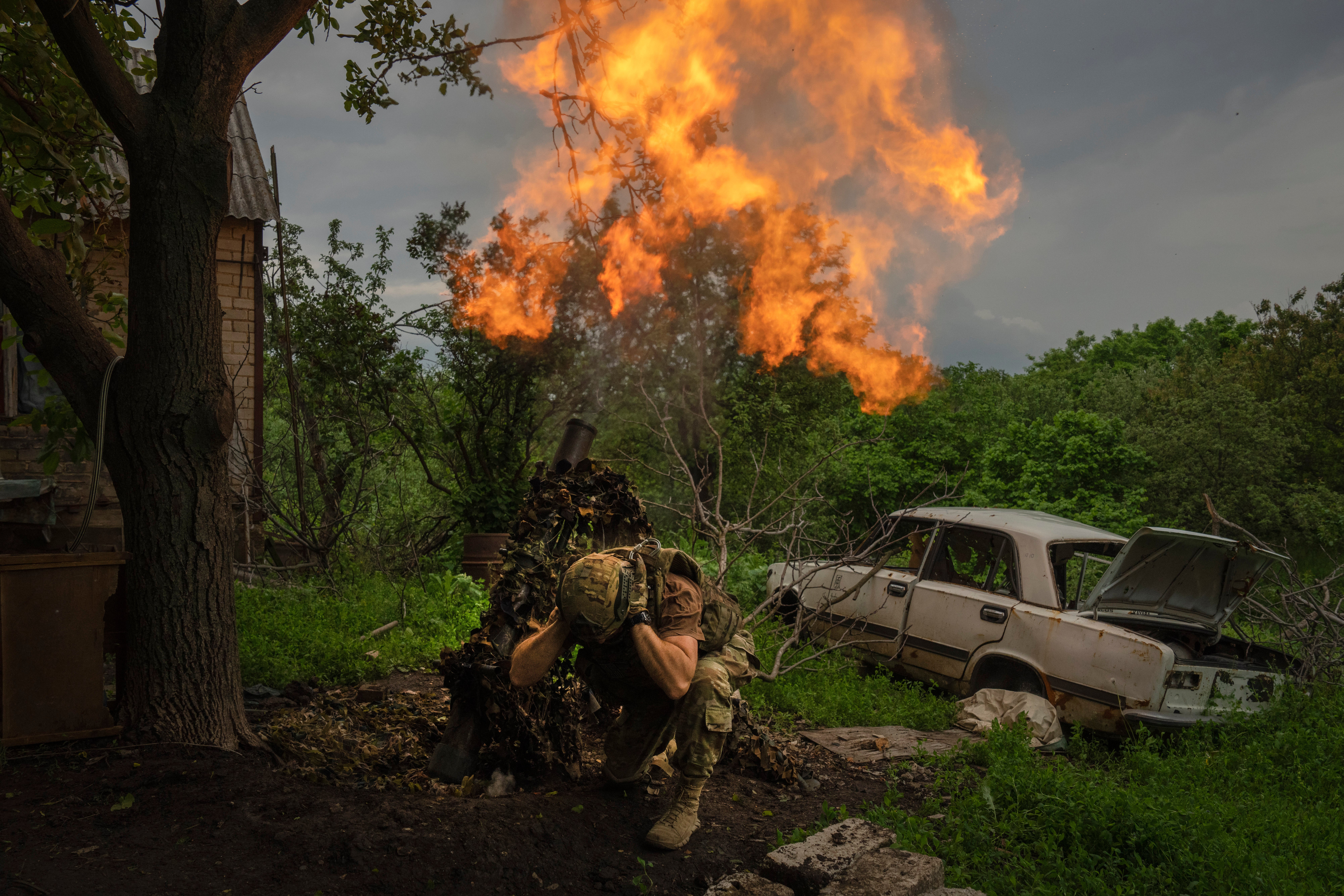
A total of 10,582 civilian deaths have been confirmed, while 19,875 have been injured. These figures include 587 children killed and 1,298 injured.
Civilian casualty numbers were particularly high during the first few months of the war, with thousands of killed and injured every month. While they have gradually decreased, an average of 163 civilians lives were still claimed each month in 2023.
More than 90 per cent of these casualties were caused near the frontline by explosive weapons, such as shelling from artillery, tanks and multiple launch rocket systems (MLRS), cruise and ballistic missiles, and air strikes.
However a significant number also occurred far from the frontline, with the UN warning that Russia’s use of long-range missiles “left virtually no place in the country entirely safe from the hostilities”.
505,000: The top end of Ukrainian and Russian troop casualty estimates
With Ukraine treating its troop casualty figures as a state secret and Russia’s official figures citing a death toll several multitudes lower than any credible estimates, gauging the true scale of death among soldiers in the two-year war is close to impossible. However, intelligence reports and painstaking open-source investigations can provide some insights.
The most major recent intelligence-led hint came in the form of a declassified US assessment shared with Congress in December, which a source told Reuters suggested that 315,000 Russian soldiers had been killed or injured since February 2022 – close to 90 per cent of its initial invasion force.
Britain’s Ministry of Defence simultaneously estimated that the average daily number of Russian casualties rose by almost 300 per day over the course of 2023 compared to the previous year, leaving Moscow with half a million dead and wounded by the end of 2025 if casualties continue at the current rate.
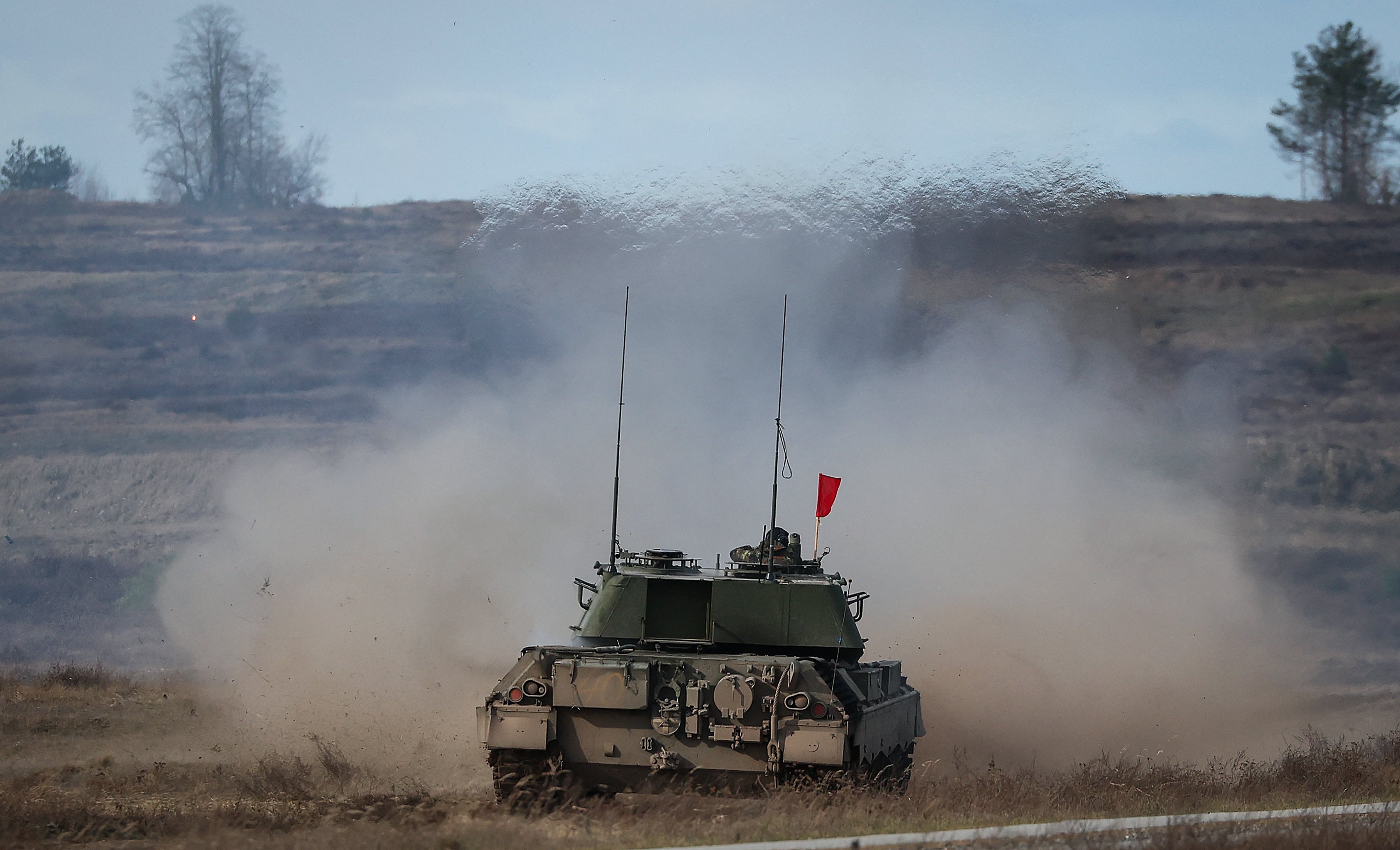
And an open-soure investigation by BBC Russia and Mediazona has confirmed the deaths of 45,123 Russian troops, including 6,614 since October last year. Furthermore, a month before the Wagner mercenary group’s shortlived mutiny last June, a Wagner-affiliated Telegram channel said 22,000 of its fighters had been killed and 40,000 wounded, following a gruelling effort to seize Bakhmut.
On the Ukrainian side, The Economist reported anonymous US officials as estimating that at least 70,000 Ukrainian soldiers had died, and that up to 120,000 more had been wounded.
Open-source research by Ukrainian historian Yaroslav Tynchenko and volunteer Herman Shapovalenko has confirmed the deaths of 24,500 Ukrainians – at least 70 per cent of whom they believe are soldiers. The real figure is likely far higher, and many of the 15,000 troops listed as missing are likely dead, they believe.
10,000,000: The number of Ukrainians displaced by the war
According to the UN’s high commissioner for refugees, an estimated 3.7 million people have been driven from their homes but remain in Ukraine.
A further 6.3 million Ukrainians are now refugees sheltering in other countries. Nearly 60 per cent of Ukrainian refugees are living in neighbouring Poland, the UNHCR suggests.
18 per cent: The proportion of Ukrainian land currently occupied by Russia
The US-based Institute for the Study of War (ISW) – which is closely monitoring the conflict – calculates that Russia currently occupies 18 per cent of Ukraine’s territory. That percentage has not changed in the past year, but is down from nearly 27 per cent a month after Russia’s invasion.
Putin’s troops currently occupy parts of Donetsk, Luhansk, Zaporizhzia, Kherson, and to a minimal extent, Kharkiv. It illegaly annexed the Ukrainian peninsula of Crimea in 2014.
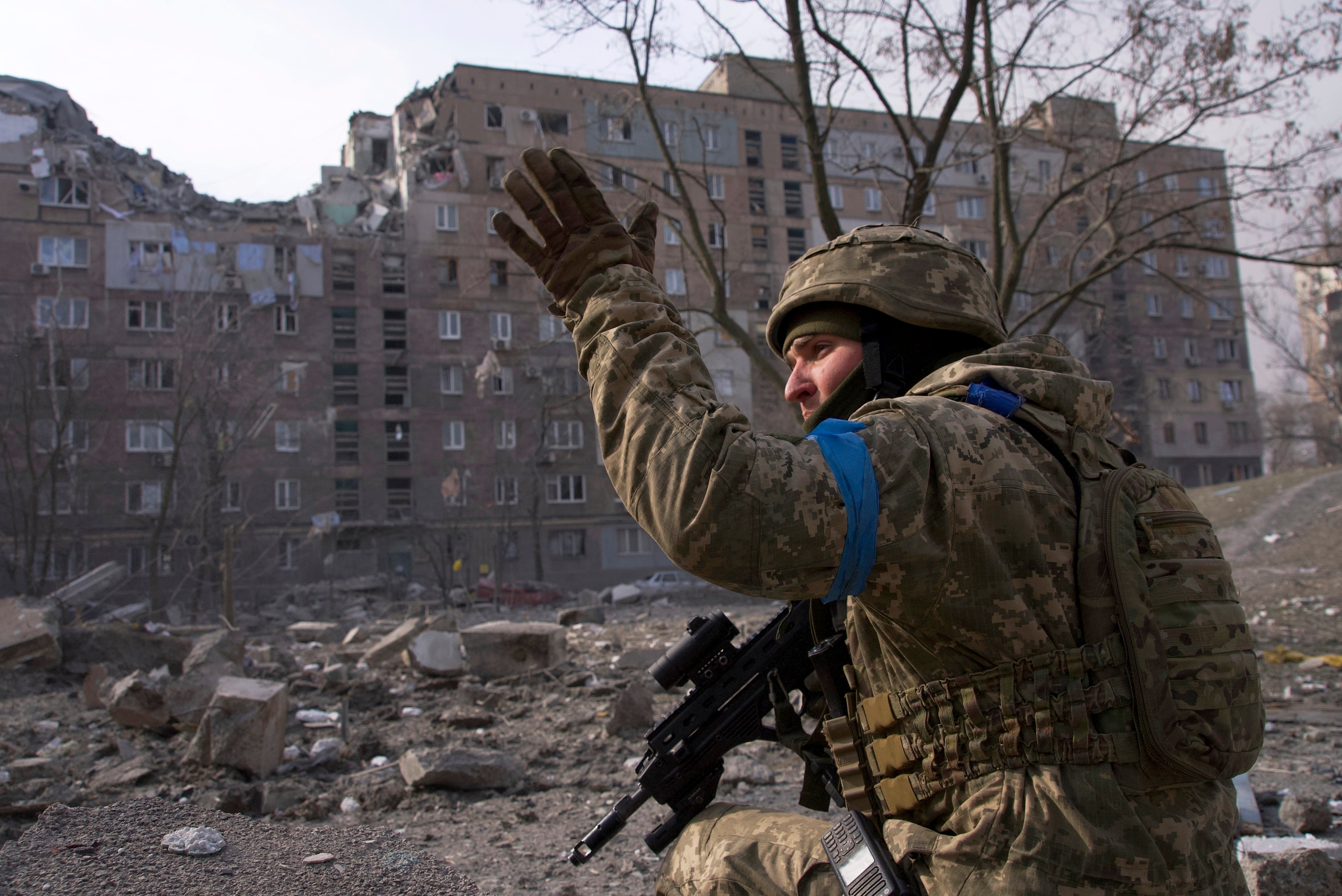
£119bn: The cost of repairing Ukraine’s damaged infrastructure
Russia has wrought destruction on a vast scale in Ukraine, with long-range attacks not uncommon across the entire country, while razing towns such as Bakhmut and even obliterating the city of Mariupol.
An estimate by the Kyiv School of Economics in September put the cost of repairing the damage at $151.2bn (£119bn).
Ukraine’s health ministry said in November that Russian troops had damaged 1,468 medical facilities, with another 193 facilities left completely destroyed. Unesco confirms that a total of 343 cultural sites have been damaged, including 127 religious sites and 151 buildings of historical or artistic interest.
£199,000,000,000: The amount of aid Ukraine’s allies have committed
While Ukraine’s allies have been reluctant to be drawn into direct conflict with Russia, Kyiv’s war effort is undeniably dependent upon their financial aid, not least to replenish weaponry and ammunition supplies.
The European Union is Ukraine’s largest backer, according to the ISW, which calculates that Brussels has made available $148.5bn (£116bn) to Kyiv since Russia’s invasion.
The United States has so far directed some $75bn (£59bn) in assistance to Ukraine, according to Germany’s Kiel Institute for the World Economy, with a further $60bn (£47bn) held up in the US Congress.
Not including the US, Kyiv’s allies have committed more than $178bn (£140bn), according to the ISW’s most recent estimates – bringing the overall total to around £253bn (£199bn).
2,000,000: The number of landmines laid in Ukrainian soil
As Russia dug in vast defences last year, cementing the vast frontline and mostly repelling Ukraine’s counteroffensive efforts, Moscow’s army also laid mines on an industrial scale to guard its position.
The Halo Trust, the world’s largest humanitarian mine clearance organisation, estimates that as many as 2 million land mines have been laid in Ukraine over the past two years. The organisation has cleared 19,000 landmines so far over an area the equivalent of 300 full-sized Premier League football pitches.
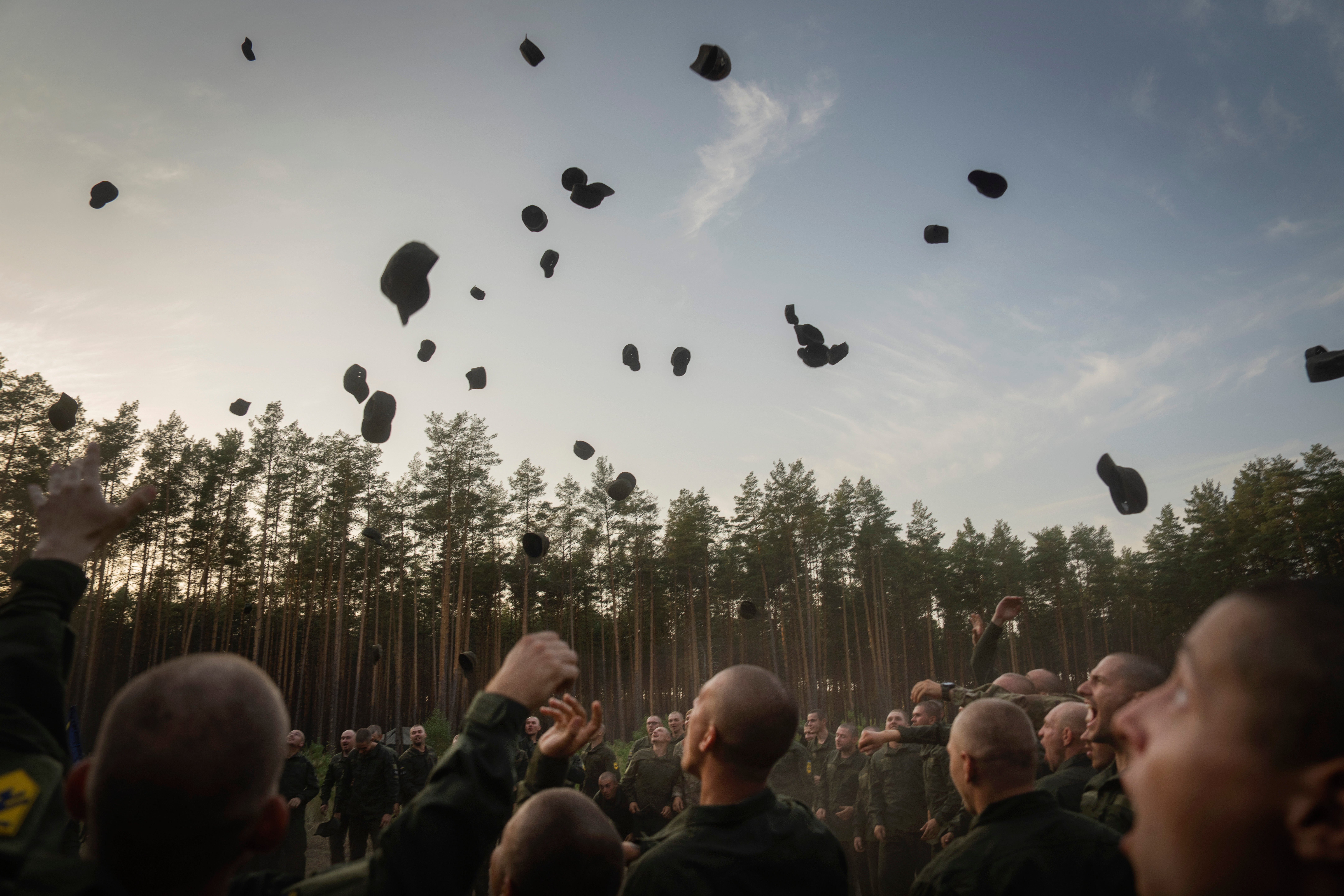
Nevertheless, the UN has confirmed the deaths of 343 civilians as a result of mines and explosive remnants, with a further 769 injured, with the deadliest regions reported to be Kharkiv and Kherson.
26: The number of Russian warships Ukraine has put out of action
While its land counteroffensive failed to produce the lightning gains previously seen in Kharkiv a year earlier, Ukraine has increasingly used drones to strike deep within Russia and – in a major success – to destabilise Putin’s prized Black Sea fleet.
The Ukrainian military claimed earlier this month to have disabled approximately one third of the Black Sea fleet, having put 24 surface vessels and one submarine out of action. Kyiv claimed a sucessful strike on the 113m-long Caesar Kunikov Ropucha-class landing ship the following week.
3,000: The number of tanks Russia has lost
Much of Russia’s military doctrine centres around the use of tanks. However a report this month by the International Insitute of Strategic Studies estimated that Russian tank losses now exceed 3,000 – equivalent to its entire active pre-war arsenal.
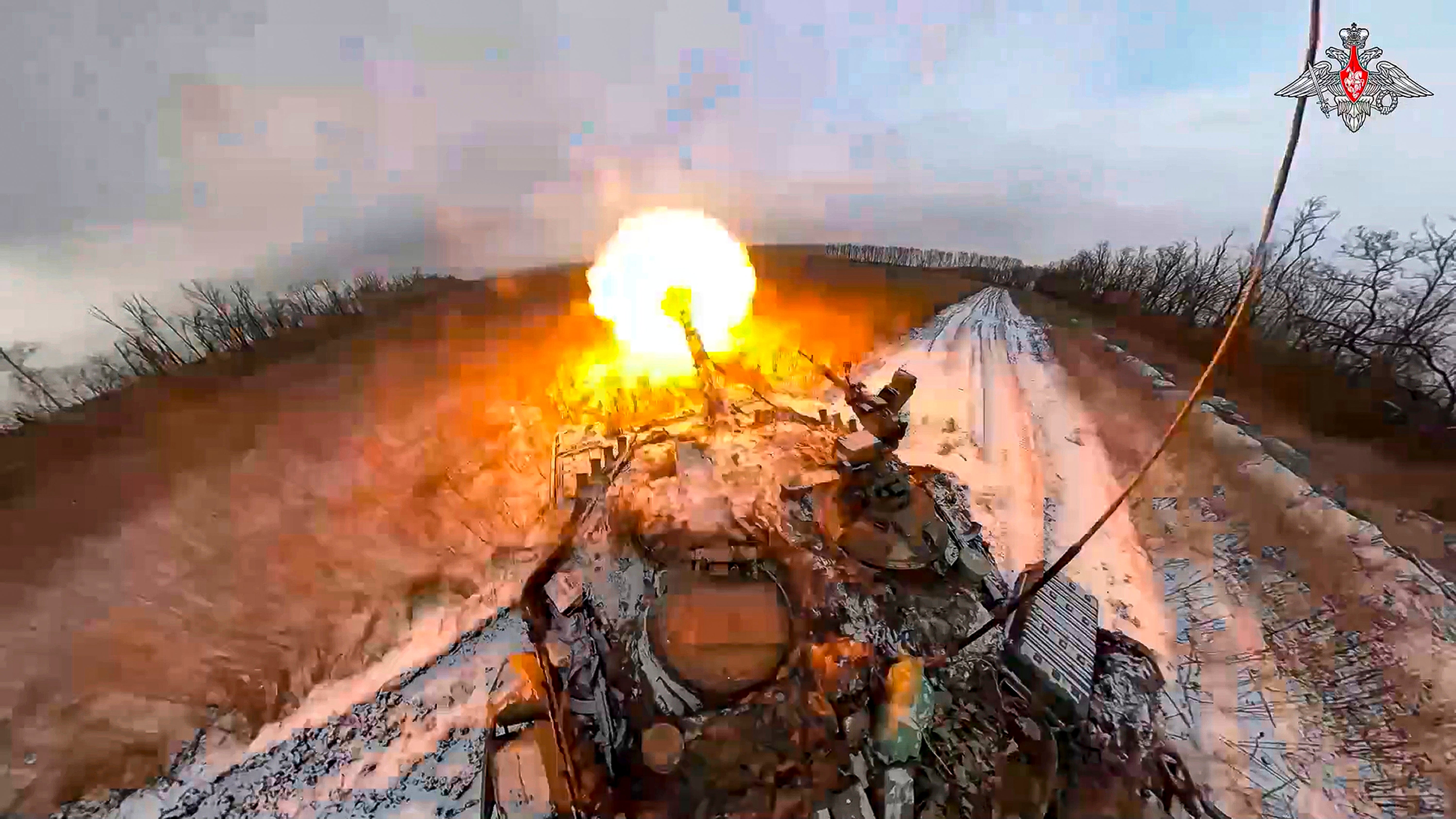
However, the think-tank estimated that Russia still had about twice as many available for combat as Ukraine, with Moscow roughly “breaking even” in terms of replacements by putting around 1,000 to 1,500 more tanks into service in the past year.
300,000: The number of Russian reservists called up to fight
Entering a new phase of public acceptance about the scale of his war, Putin announced a partial military mobilisation in September 2022, calling up 300,000 reservists – a move which prompted a mass exodus of young Russian men.
As of 2023, the Russian army had about four times more active military personnel than Ukraine, with some 1,330,900 men and 250,000 reservists. Russia had a male population of around 66 million in 2021.
Ukrainian generals, meanwhile, are looking to mobilise up to half a million new soldiers, Zelensky said in December. The Ukrainian army counted around 500,000 servicemen in 2023, according to the Global Firepower website, 200,000 of which are active military personnel and 250,000 reservists.
19,855: The number of Russians detained at anti-war protests
While dissent in Russia has been harshly stifled, with the Kremlin imposing strict new laws carrying years-long jail sentences for criticising the war in Ukraine, demonstrations have still erupted in cities across Russia at various points in the war.
According to independent monitoring group OVD-Info, a total of 19,855 people have been detained at anti-war protests in Russia, while more than a third of the 3,626 of the prosecutions since 2012 judged to be politically motivated have occurred in the past three years, with 728 in 2022, 521 in 2023 and 56 in 2024.
Join our commenting forum
Join thought-provoking conversations, follow other Independent readers and see their replies
Comments
Bookmark popover
Removed from bookmarks